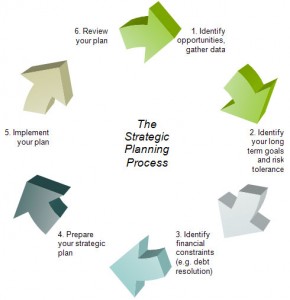It pays to plan your RRSP contributions before the end of the year to reduce your taxes that will be due on the current taxable year. To achieve this, assess your income and calculate how you can optimise the use of an RRSP to reduce your taxable income.
You may have Carry-forward Contribution Room
If you have not previously invested up to your maximum RRSP contribution limit, CRA allows you to carry over unused contribution room into future years for an indefinite period. Look on your Notice of Assessment.
What can you deduct on your tax return?
You can claim a deduction for:
- contributions you made to your Registered Retirement Savings Plan (RRSP), Pooled Registered Pension Plan (PRPP) or Specified Pension Plan (SPP)
- contributions you made to your spouse’s or common-law partner’s RRSP or SPP
- your unused RRSP, PRPP or SPP contributions from a previous year
You cannot claim a deduction for:
- fees charged to buy and sell within a trusteed RRSP
- amounts you pay for administration services for an RRSP
- the interest you paid on money you borrowed to contribute to an RRSP, PRPP, or SPP
- any capital losses within your RRSP
- employer contributions to your PRPP
What is the deadline to contribute to an RRSP, PRPP, or SPP for the purpose of claiming a deduction on your tax return?
The Income Tax Act sets the deadline as “on or before the day that is 60 days after the end of the year”, which is March 1st except in a leap year, when it will be February 29th; or where the deadline falls on a weekend, it may be extended.
Can contributions be made to a deceased individual’s RRSP, PRPP, or SPP?
No one can contribute to a deceased individual’s RRSP, PRPP or SPP after the date of death. But, the deceased individual’s legal representative can make contributions to the surviving spouse’s or common-law partner’s RRSP and SPP. The contribution must be made within the year of death or during the first 60 days after the end of that year. Contributions made to a spouse’s or common-law partner’s RRSP or SPP can be claimed on the deceased individual’s tax return, up to that individual’s RRSP/PRPP deduction limit, for the year of death.
What is not considered an RRSP, PRPP, or SPP contribution?
The following are not considered to be an RRSP, PRPP, or SPP contribution for the purpose of claiming a deduction on your tax return. We can point out the special rules that apply if you:
- repay funds that you withdrew under the Home Buyer’s Plan
- repay funds that you withdrew under the Lifelong Learning Plan
Note: It is recommended that you get more information on this subject by calling our office or your accountant.
How is your RRSP/PRPP deduction limit determined?
The Canada Revenue Agency generally calculates your RRSP/PRPP deduction limit as follows:
The lesser of:
- 18% of your earned income in the previous year, and
- the annual RRSP limit
Minus:
- your pension adjustments (PA)
- your past service pension adjustments (PSPA)
Plus:
- your pension adjustment reversals (PAR), and
- your unused RRSP, PRPP, or SPP contributions at the end of the previous year
Source: CRA

















